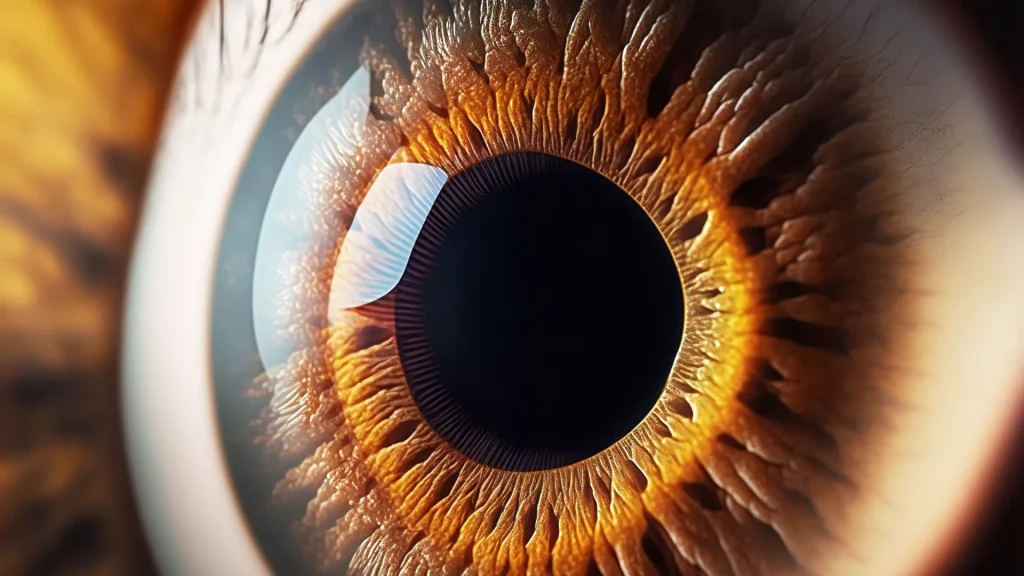Every 60-65 minutes, an Australian loses part or all of their vision, yet up to 75% of vision loss is preventable or treatable if detected early. JulEYE, a national eye health awareness campaign led by The Eye Surgeons’ Foundation, offers the perfect opportunity to highlight the critical role that early detection, community education, and collaborative care play in preserving sight.

Why JulEYE Matters
JulEYE is more than an awareness campaign. It’s a reminder that vision is precious and should never be taken for granted. For healthcare professionals, it’s a timely reminder to start conversations with patients about their eye health, even when there are no obvious symptoms.
As front-line providers, GPs and optometrists are able to identify early signs of eye disease and make timely referrals for specialist care. Your role in screening, patient education, and prevention is crucial.
Key Eye Health Messages to Share
Whether you’re speaking with patients during routine visits or sharing educational material, here are five simple steps that can dramatically reduce the risk of vision loss:
1. Schedule Regular Eye Exams
Early detection is critical to preventing vision loss. Many eye diseases, such as glaucoma, diabetic retinopathy, and macular degeneration develop silently and only cause symptoms once damage is advanced or irreversible.
Who should have regular eye checks?
- Children should be screened regularly to detect issues that may impact learning and development.
- Adults over 65 should have annual eye exams due to age-related risks.
- People with diabetes, high blood pressure, or a family history of eye conditions should also have more frequent monitoring.
- Otherwise, for healthy adults under 65, a check-up every 2–3 years is advisable.
Patients should also be reminded to seek immediate attention if they experience sudden changes in vision, such as blurred sight, floaters, flashes of light, or visual field loss.
2. Eat for Your Eyes
Nutrition plays a key role in supporting healthy vision and reducing the risk of several chronic eye conditions.
Encourage patients to consume a diet that includes:
- Leafy green vegetables like spinach and kale, which are high in lutein and zeaxanthin—antioxidants essential for retinal health.
- Oily fish, like salmon and sardines, which are rich in omega-3 fatty acids that help reduce inflammation and may delay macular degeneration.
- Vitamin C and E-rich foods like berries, citrus fruits, almonds, and sunflower seeds, which combat oxidative stress in eye tissues.
Maintaining a balanced diet also supports general health, which indirectly protects vision by reducing the risk of diabetes and cardiovascular disease.
3. Wear Sunglasses with UV Protection
Ultraviolet (UV) radiation can cause serious long-term damage to the eyes, increasing the risk of eye conditions such as cataracts, pterygium, and even cancers of the eyelid or ocular surface. In Australia, UV radiation is classified as “extreme” year-round by the World Health Organization, making daily eye protection essential, even when the sun isn’t visibly strong.
Patients should be encouraged to choose sunglasses that meet Australian Standard AS/NZS 1067 and provide UV400 protection. Wearing a wide-brimmed hat in addition to sunglasses can offer further defence against harmful UV exposure. It’s also important to remind patients that UV rays can penetrate clouds and reflect off surfaces like water, sand, and concrete.
4. Use Protective Eyewear in High-Risk Situations
Eye injuries are often preventable. Whether on a building site, working in a garage, or playing sports, eye protection can save sight.
People who work in trades, agriculture, or laboratories should be encouraged to wear safety goggles or face shields as part of their standard personal protective equipment. Those who participate in high-impact or fast-paced sports—such as squash, cricket, or paintball—should use sports-specific protective eyewear.
Likewise, people undertaking DIY projects at home should be cautious and use eye protection when drilling, grinding, or using power tools. Traumatic eye injuries can result in serious complications such as retinal detachment, orbital fractures, and permanent vision loss, yet most of these injuries are entirely avoidable with the right safety measures in place.
5. Stop Smoking or Vaping
Smoking is a well-established risk factor for several eye diseases. It increases the risk of:
- Age-related macular degeneration (AMD) by reducing blood flow to the retina and damaging the macula.
- Cataracts, particularly nuclear cataracts, due to the accumulation of toxins in the lens.
- Optic nerve damage, which can lead to irreversible vision loss.
Although vaping is often marketed as a safer alternative, emerging research suggests that e-cigarettes may also pose ocular risks, particularly through oxidative stress and reduced tear film stability.
GPs and allied health professionals can play a vital role in smoking cessation counselling, linking patients with evidence-based programs and reinforcing the impact of quitting, not just on lungs but on vision too.
Let’s Reduce Preventable Vision Loss Together
JulEYE 2025 is a reminder to us all that clear vision isn’t guaranteed. With early detection, lifestyle changes, and coordinated care, we can prevent many cases of vision loss and support patients in maintaining healthy eyesight for life.
Join QERS in spreading the message this July: Prioritise eye health. Protect vision. Prevent blindness.
Partnering for Prevention
At QERS, we welcome referrals for a wide range of eye conditions, including retinal diseases, diabetic eye complications, macular degeneration, and glaucoma.
If you have a patient with concerning signs or a family history of eye disease, JulEYE is a great time to check in and consider a referral.